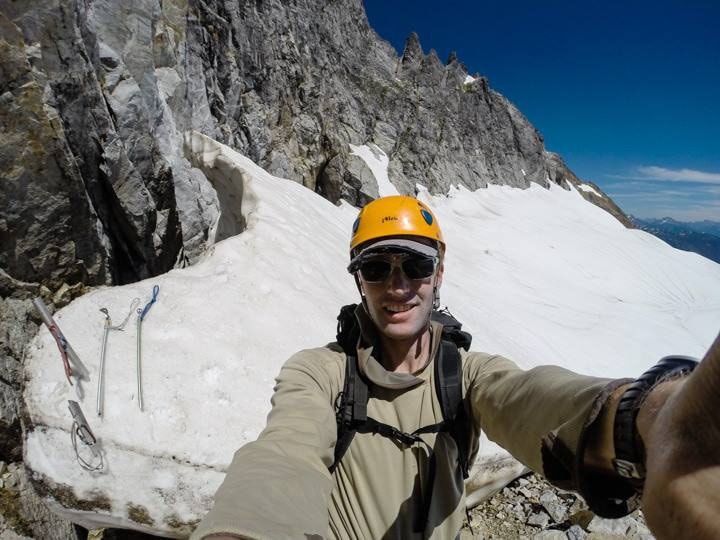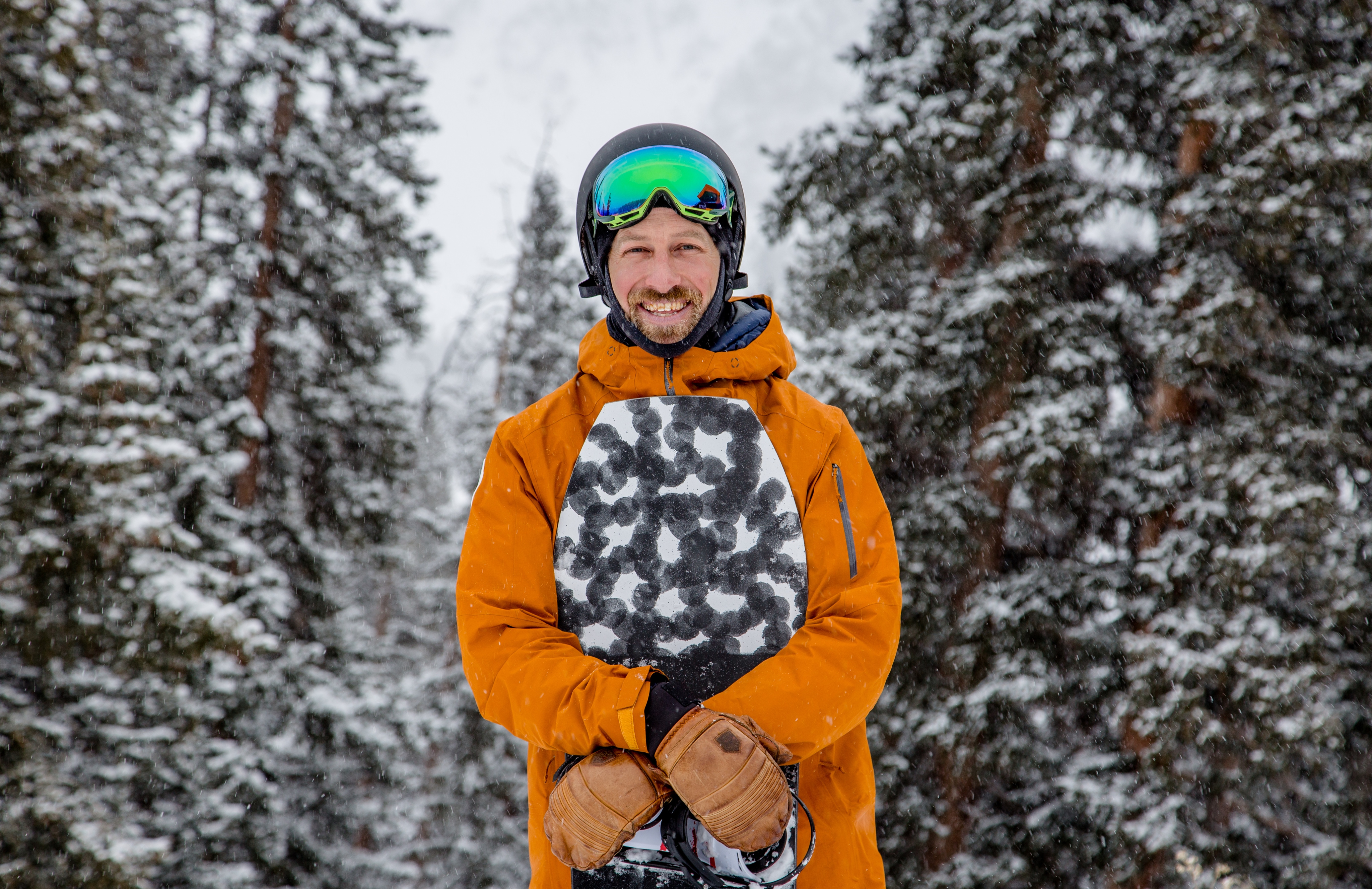If you're a snowboarder and eager to explore backcountry terrain or climb up the slopes at a resort, being on a splitboard is the most practical and efficient way to travel. But, if you've never used a splitboard before, all the moveable parts and various little clips may seem complex and intimidating. Don't worry. In this article we'll walk you through how to quickly and easily take a splitboard apart and put it back together again, so you can spend more time riding and less time fiddling with your board.
Once you've read our tips, we suggest practicing assembling and disassembling your splitboard in the comfort of your home. That way, you won't be figuring things out for the first time on the side of a cold (and hopefully very snowy) mountain.
Video: How Splitboards Work
How to Take a Splitboard Apart
To ready your splitboard for uphill travel you need to first take it apart to create two skis. Splitting your board in two moves you from the traditional sideways snowboard stance to a forward-facing ski stance that you will use to skin uphill. Exactly how you take your board apart depends on the type of splitboard and binding interface you have, but here are the general steps to follow:
- Take the bindings off: Release the latch or toe lever located at the toe of the binding and pull the binding back and off the board by holding on to the heel cup of your binding. The binding should pull off easily, though ice buildup may add resistance. If the binding doesn't budge, use your free hand to grab the edge of the board near the binding to get a bit more leverage. Then give the binding small pulls until it comes off. Repeat with the other binding. Now is a good time to adjust the forward lean of the highbacks for going uphill (less forward lean is more efficient for uphill travel). Once you've done that, set the bindings aside nearby securely in the snow.
- Release nose and tail clips and other latches: Most splitboards have clips at the tip and tail and latches at the middle that keep the splitboard connected and stiff. To split your board, undo all clips and latches and pull the board apart with your hands by sliding one ski forward and one ski backward.
- Find the left and right ski: With your board split, you now have two skis. Before you go any further, it's helpful to identify the left ski from the right. Counter to what might seem correct, you need to invert the skis so that the left side of the splitboard becomes the right ski, and the right side the left ski. You'll know you have it right when the long straight edge that was in the middle of the board is now on the outside of each ski. Positioning your skis this way now results in smooth, catch-free skinning, as the board clips that are along the long straight edge will be to the outside where they won't snag on one another.
- Put your climbing skins on: Flip your splitboard skis so the bases are facing up. Splitboard skins are shaped to attach to a specific ski. To determine which skin goes on which ski you simply compare the shape of the skin to the shape of the ski. One at a time, attach a skin to the tip of a splitboard ski (usually with a loop or clips) then pull the skin taught using the tail strap and center it over the base so the skin doesn't cover the metal edges. Attach the tail to the ski (usually with a clip) then press the skin against the base from tip to tail. Now that the skin is on, you can flip the ski over so the skin is touching the snow. Repeat with the other ski. You can learn more about splitboard skins in our article How to Choose, Trim and Attach Splitboard Skins.
- Attach the bindings: Double-check that you have the left ski on the left and the right ski on the right by making sure the long straight edge that's typically in the middle of your splitboard is on the outside of each ski. Take your left binding and attach the toe end to the hinge on the left ski. Secure the binding to the binding interface by clamping down on the pedal or using the integrated latch or fastener. Repeat with the right-side binding. When installed properly, all ratchets, buckles or strap ends on the bindings will be positioned toward the outside edge of the ski.
- Do a visual check: Before you step into your bindings and skin off, do one last visual check to make sure you've set everything up correctly. Is the long straight edge on the outside of each ski? Are your climbing skins attached at the tips and tails? Are the ratchets on your bindings to the outside? Did you secure the bindings to the hinges on each ski? Is the forward lean reduced?
How to Put a Splitboard Together
So, you've skinned to the top of the hill and want to ride back down—now's the time to reassemble your splitboard to take you from forward-facing back to the traditional sideways snowboard stance. Before you get started, try to find a relatively flat spot with a little room to move around and pull on a warm jacket so you don't get cold. Then, follow these steps (the exact steps required for your board may vary based on the board and binding interface you have):
- Take the bindings off: Remove each binding from the toe hinges on the skis. Depending on what style binding interface you have, you may need to unclamp a pedal, release a fastener and/or pull out a pin to get the binding off. Now is a good time to adjust the forward lean of your highbacks to where you want it for going downhill (typically to a leaned-forward position).
- Remove your climbing skins: Working with one skin at a time, unclip the tail clip from the ski and pull the skin off the ski using the tail strap. Fold the skin in half and stash it securely in your backpack or in your jacket. Repeat with the other ski. With the skins off, you need to be careful with your splitboard skis as they can easily slide away. Flipping the skis upside down and pressing them into the snow can help secure them in place.
- Connect the skis to form a snowboard: Connecting the two skis can be a little tricky the first few times you try, but with practice, you'll figure out how to do it smoothly. To start, position the skis so that the straight metal edges on each ski meet in the middle. With most boards you're going to then offset the skis slightly so that one is lower than the other by about an inch or so. Then you will slide the two skis together until the tip and tail align and the clips at the middle of the skis engage.
- Fasten the nose and tail clips and other latches: With the skis properly aligned to form a snowboard, fasten the clips at the nose and tail of the board. If necessary, fasten latches located at the middle of the board. Now is a good time to check and make sure that the board is flush and properly aligned. If you struggled to engage the clips or latches, or if the skis didn't come together correctly, you may need to separate them and try again.
- Put the bindings back on: Slide each binding onto the binding interface, making sure the right and left bindings are properly positioned so the ratchets are to the outside. Lock the bindings in place using any latches, levers or fasteners that your particular binding interface has.
- Do a visual check: Before you strap in and slide downhill, quickly check to make sure the board is properly assembled and ready to ride. Did you engage all the clips and latches? Did you adjust the forward lean of your bindings so they are back in downhill mode? Are your left and right bindings secured in place and positioned properly?


